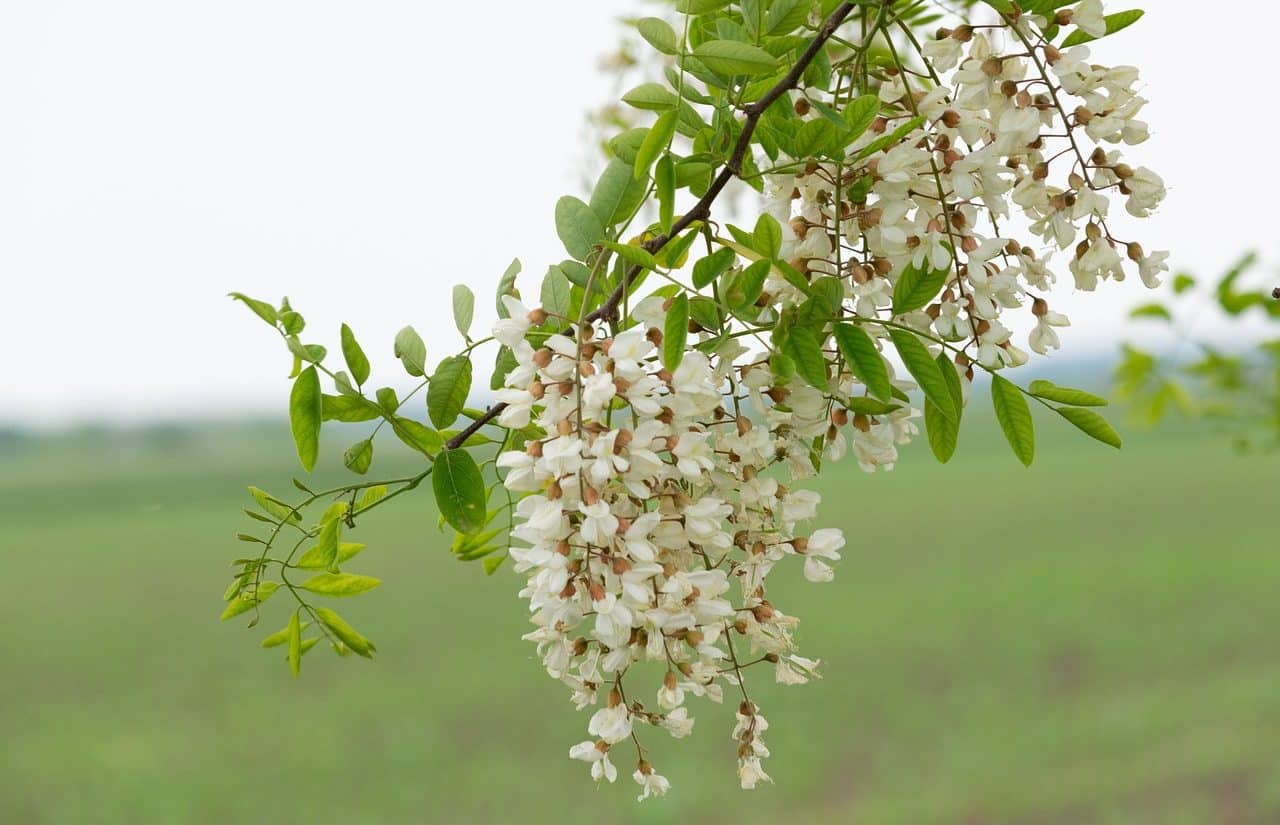
Acacias belong to the legume family.
An acacia is a tree or shrub that belongs to the legume family group and the mimosaceae subfamily. The term comes from the Latin acacĭa , although its etymological root is found in the Greek language.
Acacias, which are characterized by the hardness of their wood , produce clusters of aromatic flowers and sometimes have thorns . Its fruit, on the other hand, is a legume . It must be taken into account, however, that there are more than two thousand species of acacias: their characteristics, therefore, vary.
It is possible to find acacias in almost all subtropical and tropical areas of the planet. Australia and the African continent are the two regions that exhibit the greatest diversity of these shrubs or trees , which in ancient times were considered magical thanks to their usefulness for healing purposes.
Types of acacia
The mimosa acacia ( Acacia dealbata ) is one of the most popular species. It usually lives for about thirty years and has an average height of about twelve meters. Due to its flowers and its ability to fix the terrain, the acacia mimosa is usually planted in gardens, parks and various public spaces.
Acacia farnesiana , known colloquially as espinillo blanco , is another popular species. As its name indicates, it has thorns. This shrub can be used to make perfumes, adhesives, pesticides and other products .
It is important to mention that gum arabic is obtained from many species of acacias, a polysaccharide that is present in its resin and that allows the tree to heal wounds. Gum Arabic is used to produce sweets, tinctures and medicines, for example.

Acacias have aromatic flowers.
Medicinal properties
Just the leaves and the flower of the acacia are used for a large number of medicinal uses, thanks to their properties, some of which are listed below:
- They serve to relieve spasms; That is, muscle contractions that occur involuntarily, generally as a reflex mechanism.
- They make the emptying of bile more conducive;
- Its emollient action is used to soften mucous membranes and skin. For example, it is possible to obtain asparagus from acacia flowers to use for this purpose.
- They act favorably in regulating the acid level in the mucous membranes of the esophagus and stomach.
- They are used to treat some gallbladder problems and certain heavy digestion conditions.
- They have a highly recommended action for cases of throat irritation, which is treated with gargling.
- Acacia is also a natural laxative .
Acacia infusion
As can be seen, the hundreds of species of acacia that exist provide us with various benefits . One of the most common ways to take advantage of them is to prepare an infusion, which is very suitable for treating heartburn and gastric reflux.
For cases of inflamed liver, cirrhosis, hepatitis, or bile infections , it is recommended to prepare an acacia infusion and add the juice of a lemon, and then drink it on an empty stomach. The results of this treatment are truly remarkable, since it also collaborates with the drainage and purification of the liver to promote its proper functioning.
The treatment of dry skin can be carried out by spreading acacia infusion with a piece of cotton over the affected area; This is also ideal for removing makeup from the face.
In addition to infusions, it is possible to prepare tonics, syrups and even acacia wines, and it is also used to perfume other products, such as oils and ointments. Regarding the bark of this tree, it is usually used in the manufacture of ropes and fabrics. It is important to note that both the bark and the seeds have a degree of toxicity that makes them dangerous for our body , which is why they should not be ingested or applied to the skin.
